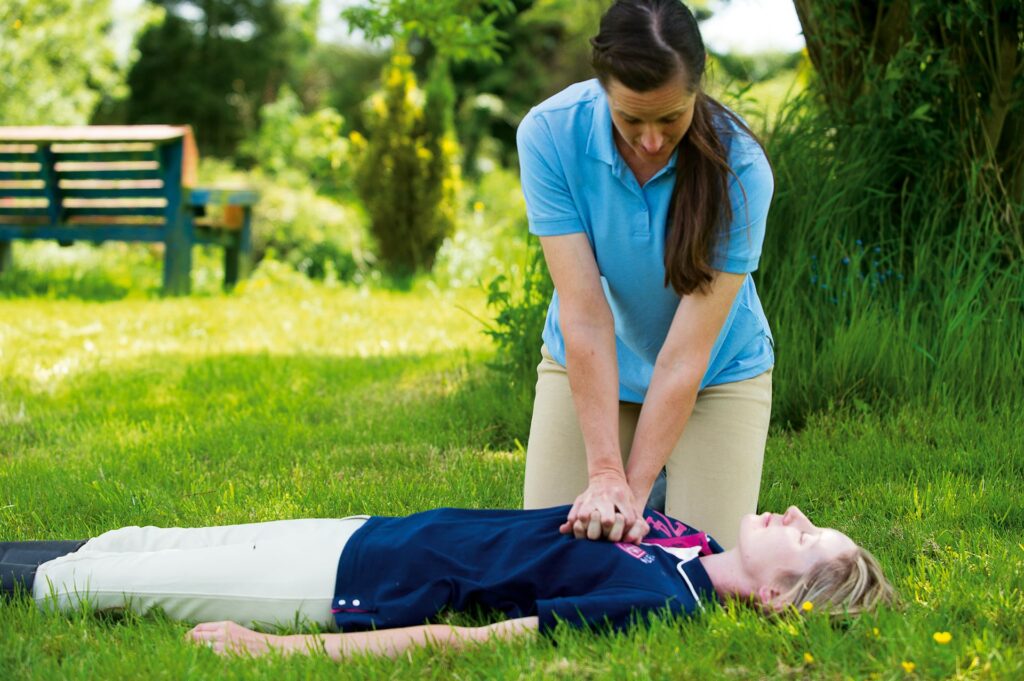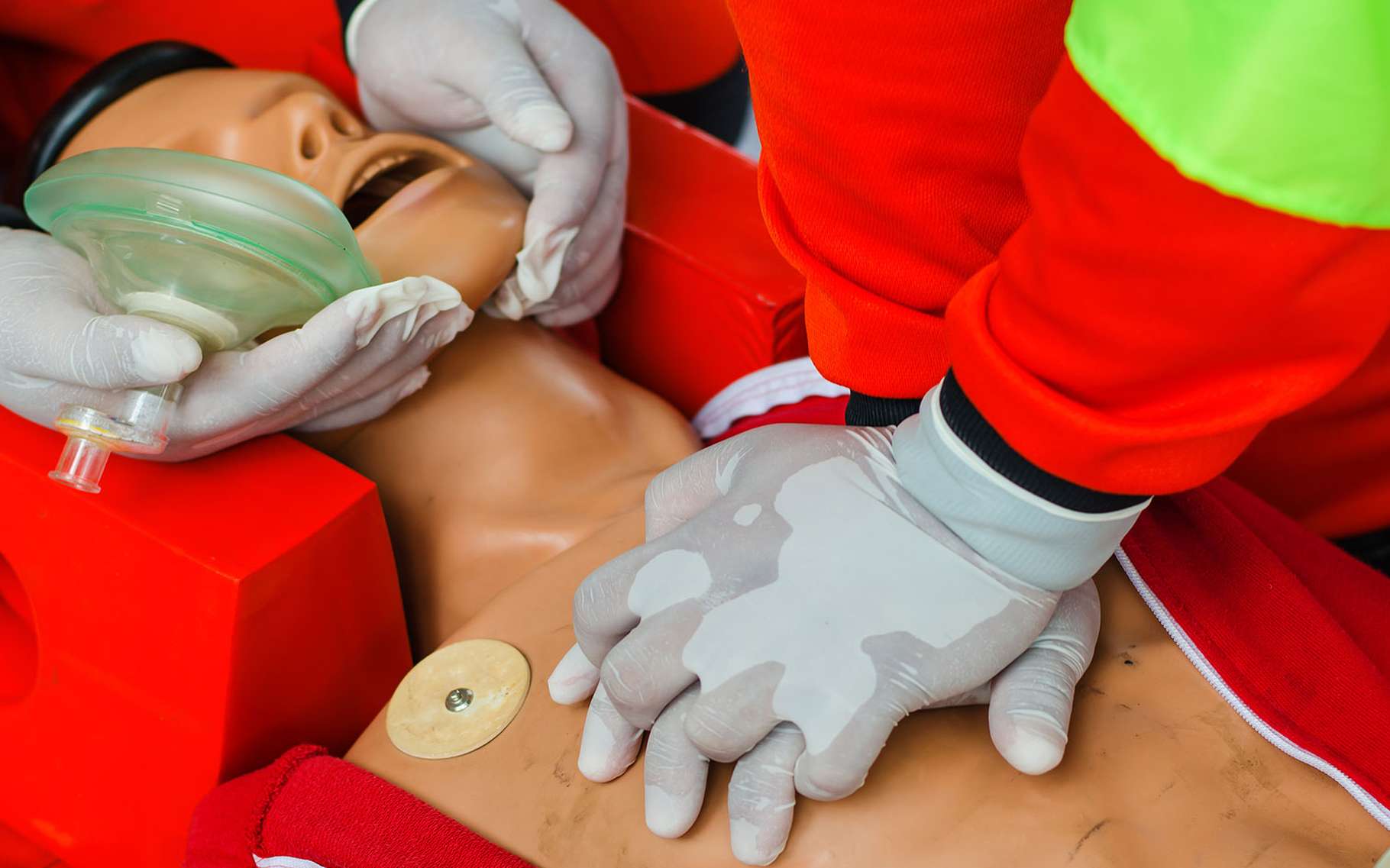We’ve all seen the movies where CPR is performed on the victim of a car accident. It looks easy, but it’s not as easy as it seems. That’s why it’s important to know when CPR can save someone’s life and when it can cause more harm than good. This is why it is important to take a CPR Course Brisbane once in your life. Luckily, there are some situations where you should perform CPR without hesitation (and other times when you shouldn’t).
Someone who has stopped unconscious but is still breathing
If your friend or a family member has stopped breathing but is still unconscious, it’s time to perform CPR.
First, roll the patient onto their back and gently tilt their head back to open their airway. Make sure you don’t tilt it too far back that you’re straining their neck muscles (unless they’re choking).
Then take a deep breath in through your mouth, place your hands on the centre of their chest over their heart and give five quick compressions at 100 beats per minute. If you can feel or see blood gurgling out of their mouth, then move on to the next step: give two breaths into their mouth while pushing hard and fast on their chest at approximately 100 beats per minute until they start breathing again or help arrives.
Someone who is choking
If you think someone is choking, call 911 immediately and perform CPR until emergency responders arrive. The Heimlich maneuver is a lifesaving technique where you press firmly on the person’s abdomen just below the rib cage with your fist to push air through the windpipe and dislodge whatever’s blocking it.
If you’re unable to dislodge the object, then proceed with chest compressions: lay the person flat on their back, place one hand on top of the other over their sternum (the centre of their chest), and pump as fast as possible at least 100 times per minute for two minutes at least—or just keep going.

Someone who has a heart attack
If you see someone who is unconscious and not breathing, it’s time for CPR. This can be due to a heart attack, seizure, stroke or diabetic emergency. You may also need to perform CPR if the person has a respiratory emergency (such as asthma), bleeding that isn’t stopping on its own or choking on something.
Someone who has a drug overdose
If you or someone around you is experiencing an overdose, call an ambulance immediately. This is one of the important teaching of the CPR course Brisbane.
You can tell if someone has overdosed on drugs by checking their pulse, looking at their skin, and observing their behaviour. When someone has overdosed, they will have a slow heartbeat and may be cold to the touch because of reduced blood flow to the brain. There may be little or no response when you speak with them or tap on their arm.
Also, drug users who are unconscious often seem as though they’re sleeping deeply—but it’s important that you check for other signs of overdose first before assuming this is the case!
CPR is an important lifesaving technique to have in your back pocket, but even skilled doctors and nurses sometimes make mistakes. When in doubt about whether or not to perform CPR on someone who has fallen down or suffered chest pains, call an ambulance immediately and ask for medical assistance. The quicker help arrives at the scene of an emergency situation, the better chance that person has of surviving!

